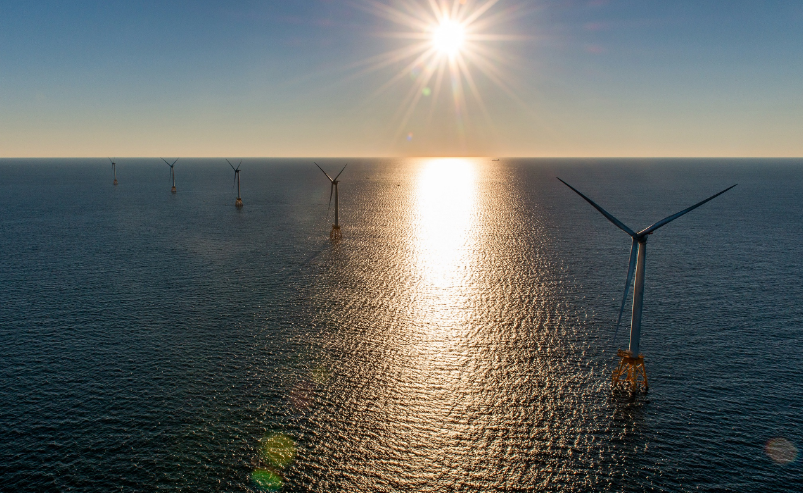What is the difference between a 25% reduction in GHG emissions and 80%? It is like the difference between reaching the summit of two famous peaks.


The first is Mount Washington. At 6,288 feet, it is the highest peak in the United States east of the Mississippi River.
The second is Mount Everest, the highest peak in the world. 29,029 feet.
Last week, Boston was ranked the most energy efficient city in the country by the American Council for an Energy-Efficient Economy (here’s the press release). That was great news for Barr and so many of our grantees who have played a part in putting Boston, and the whole state of Massachusetts on track to meet their 2020 goals of 25% reduction in emissions, compared to 2005 levels.
But what about that 80% by 2050 goal?
Recently, I have been thinking about these two peaks. On Mount Washington, the trails are well marked. And there’s even a paved road to the summit, if you don’t feel like climbing. Still, its summit has some of the most ferocious weather anywhere. So, no matter which route you take, getting to the top is never guaranteed.
This is much like our 2020 goals. Boston and Massachusetts, and other cities, states, and countries (recall my posts on Copenhagen and Germany) are at the vanguard of sustainability. Last week I was in Memphis for a meeting of the Urban Sustainability Directors Network, which Barr supports. Many of the cities represented are on track to meet their 2020 goals too. But there was much discussion about how the going is going to get tougher. We are running out of low-hanging fruit. We can and must do more of what we’re doing now, and do it better, to reach the fruit on higher branches. Yet that’s just to reach the Mount Washington, 2020 goals. Getting to the top of Mount Washington says very little about our ability to reach the summit of Mount Everest.
Ascending Mount Everest is a whole new kind of undertaking. There is no road you can drive to the summit. It takes more specialized equipment, technical skills, and a much deeper level of commitment.
It is a completely new world up there – as different as our future must be from today, when the world still depends on fossil fuels to meet 66 percent of energy demand. In the United States, it’s 82%.
We have a long way to go. Yet we are determined to make the climb, and to do what we can – even while slogging our way up Mount Washington – to help bring about the new ways of thinking and doing required to reach that loftier peak.




